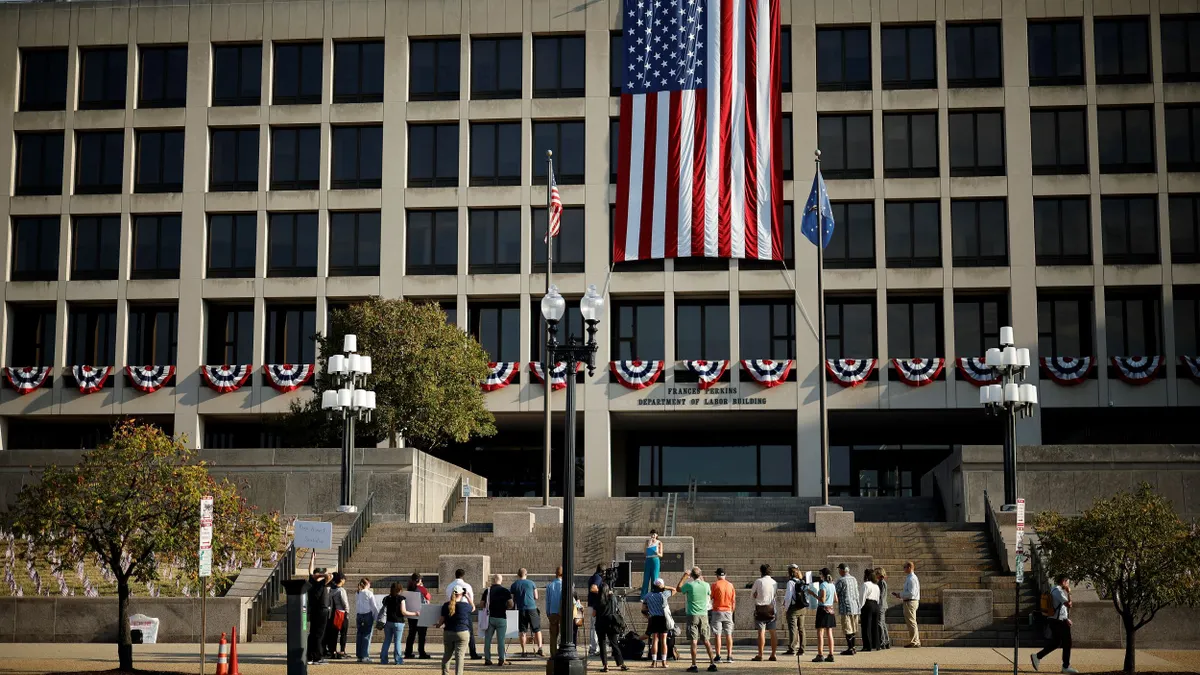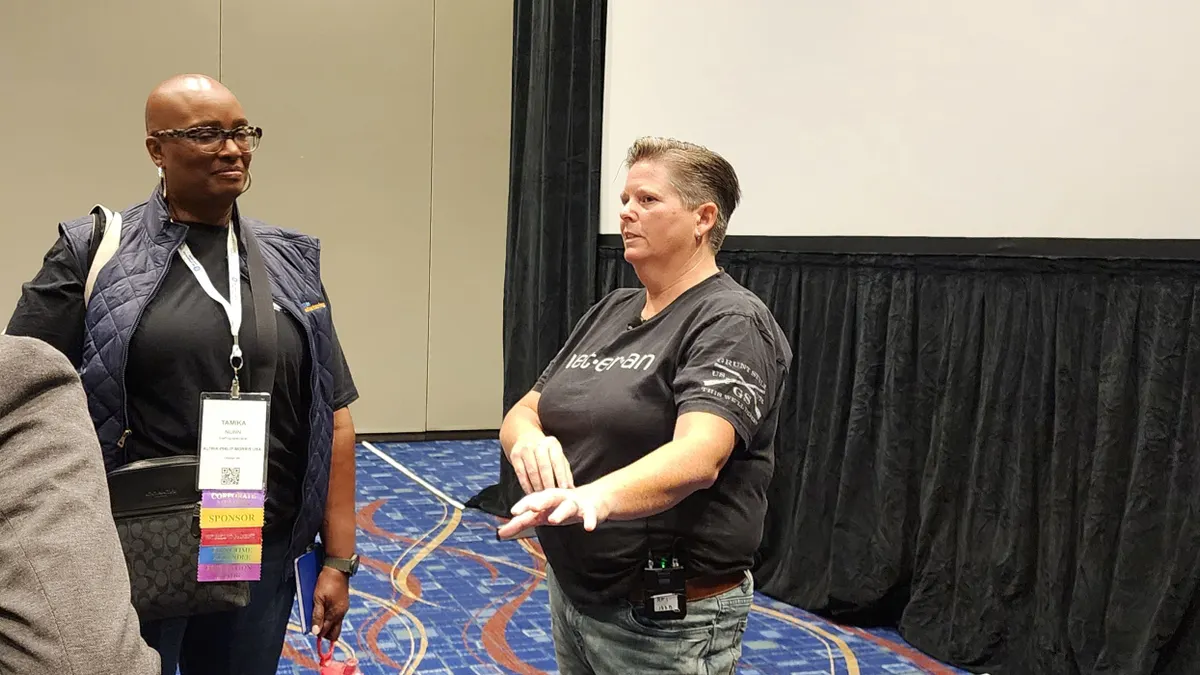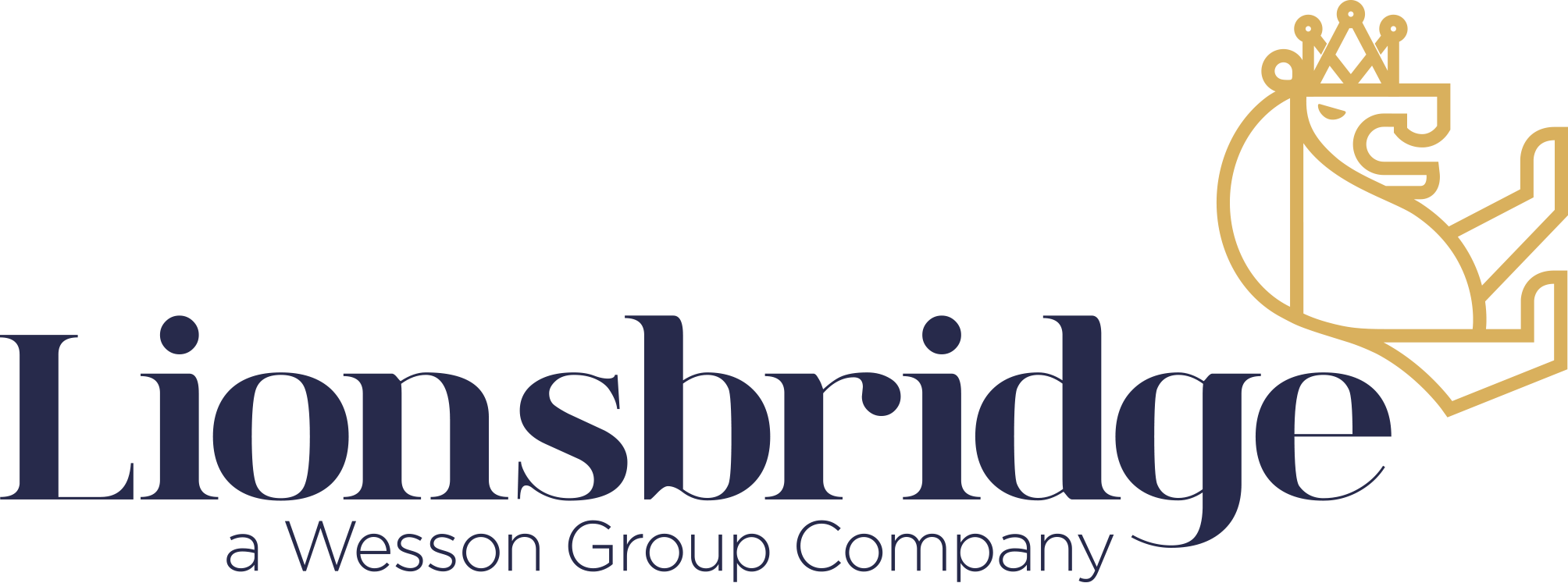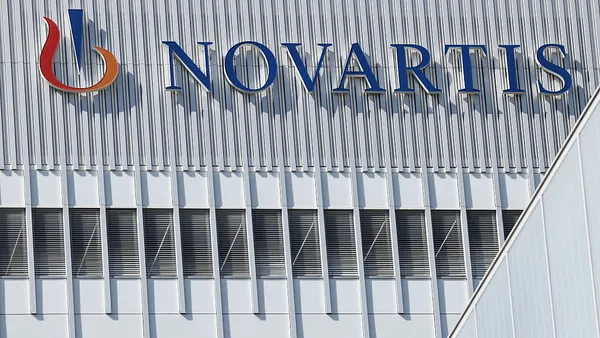The U.S. Bureau of Labor Statistics was unable to release the jobs situation report last week, but the agency published its openings and labor turnover survey results before the government shutdown of nonessential services that began on Oct. 1.
Manufacturing separations in August totaled 313,000, down approximately 6.3% compared to August 2024, per a BLS report released on Sept 30.
While August’s separations, which include quits, layoffs and discharges, decreased year over year, it was about a 2.3% increase month over month. Job openings for August dipped about 12.4% YoY to 409,000, while hires rose barely 1% to 305,000 compared to the same period last year.
July’s adjusted numbers dropped from the initially reported 324,000 to 306,000. Other July revisions include job openings increasing to 438,000 and hires curbed down to 301,000. The BLS initial release reported 437,000 openings and 314,000 hires.
While the monthly job report was not released due to the government shutdown of nonessential services, which began on Oct. 1, other companies released their own job loss data. Workforce data firm Revelio reported that the manufacturing industry gained an estimated 12,872 jobs in September.
Separate data from ADP Research, in collaboration with the Stanford Digital Economy Lab, estimated the manufacturing sector lost about 2,000 jobs in September.
“Despite the strong economic growth we saw in the second quarter, this month’s release further validates what we've been seeing in the labor market, that U.S. employers have been cautious with hiring,” Nela Richardson, ADP’s chief economist, said in a statement.
The manufacturing industry continues to contract, as last month’s Purchasing Managers’ Index registered 49.1% due to ongoing tariff impacts on the supply chain and weak demand. While the employment index slightly increased to 45.3%.
Susan Spence, chair of the Institute for Supply Management’s Manufacturing Business Survey Committee, acknowledged ADP’s report on a call on Oct. 1. She also said that all that ISM can do is look and see what survey responders are telling them regarding the job situation, which has been consistent.
“For every comment about hiring, we have three that are about not billing or laying off. So that continues to be negative,” Spence said about the survey results.
While the job situation varies from sector to sector, it’s what ISM is seeing across all sectors it follows, she added.
“So not great, and when we see employment numbers that come down to say less and less jobs are being added, or there are corrections, it makes sense to what these manufacturing companies are seeing,” Spence said.
Manufacturing accounted for approximately 9.3% of employment in the U.S. in 2024, according to an Aug. 12 blog post by the Federal Reserve Bank of St. Louis. Despite the small number, the manufacturing industry is the first to feel the impact before other industries do, Spence said, adding that her predecessor, Tim Fiore, warned in his last PMI review in March that it would be six to seven months before other sectors see it.
About seven months later, Spence has seen Fiore’s prediction bear out.
The BLS will have to wait a while longer for a new commissioner to lead the agency. President Donald Trump withdrew his nomination of E.J. Antoni, the chief economist for the right-wing think tank, The Heritage Foundation, on Sept. 30.
Trump initially announced Antoni’s nomination to head the BLS in August after firing Erika McEntarfer, whom he accused of manipulating the job numbers.
Antoni’s qualifications were scrutinized following the announcement, as labor experts worried about his prior suggestion to suspend the monthly job reports, according to The New York Times. The White House did not disclose its reason for withdrawing Antoni’s nomination.
Last month, a CNN report found Antoni posted from a now-deleted Twitter account sexually degrading attacks on former Vice President Kamala Harris. An ardent Trump supporter, Antoni also made other bigoted and vulgar remarks that targeted critics of Trump, according to the report.














